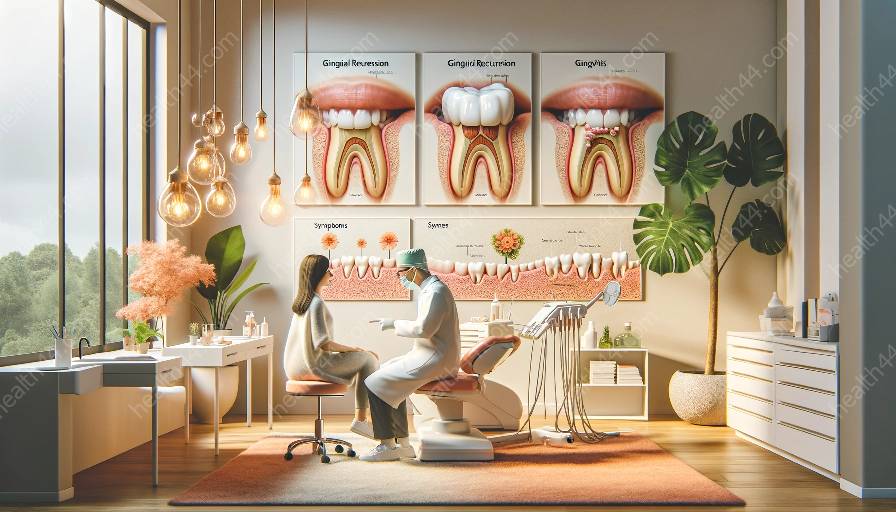Gingival recession is a common condition where the gums recede, exposing the roots of the teeth. This can lead to sensitivity, esthetic concerns, and an increased risk of dental problems. Gingivitis, on the other hand, is the inflammation of the gums caused by plaque and tartar buildup, often leading to gum recession if left untreated.
Advancements in Treatment
Over the years, there have been significant advancements in the treatment of gingival recession, aiming to restore the health and appearance of the gums. These advancements include:
- Microsurgical Techniques: Microsurgery has revolutionized the treatment of gingival recession by allowing for precise and minimally invasive procedures. Using specialized instruments and magnification, microsurgical techniques enable surgeons to achieve optimal results with minimal trauma to the tissues.
- Tissue Engineering: Advances in tissue engineering have paved the way for innovative therapies in regenerating gum tissue. Techniques such as guided tissue regeneration and the use of growth factors have shown promising results in stimulating the growth of new gum tissue and reversing gingival recession.
- Laser Therapy: Lasers have become an integral part of modern dental procedures, including the treatment of gingival recession. Laser therapy offers a minimally invasive approach to remove diseased tissue, disinfect the area, and promote healing, leading to improved outcomes and reduced recovery time.
- Pinhole Surgical Technique: This minimally invasive procedure involves making a small pinhole in the gum tissue and gently repositioning the existing gum tissue to cover the exposed roots. The pinhole surgical technique offers a less traumatic and more efficient alternative to traditional gum grafting procedures.
Compatibility with Gingivitis
Addressing gingival recession often involves considering its compatibility with gingivitis, as the two conditions can be interlinked. Effective treatment strategies should not only focus on addressing recession but also targeting the underlying causes of gingivitis to prevent further gum tissue damage. This may involve thorough plaque and tartar removal, oral hygiene education, and personalized maintenance plans to manage gingivitis in conjunction with recession treatment.
Conclusion
With the latest advancements in treating gingival recession, patients now have more options than ever to address this common dental concern. From microsurgical techniques to tissue engineering and laser therapy, the field of periodontics continues to evolve, offering innovative solutions for restoring gum health and aesthetics. Moreover, by addressing the compatibility of gingival recession with gingivitis, holistic treatment approaches can help patients achieve long-term oral health and well-being.













